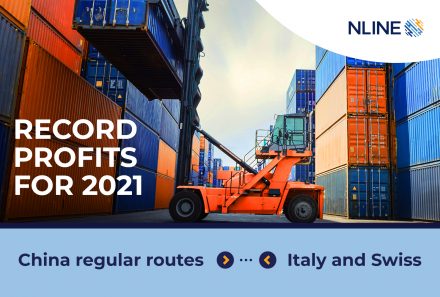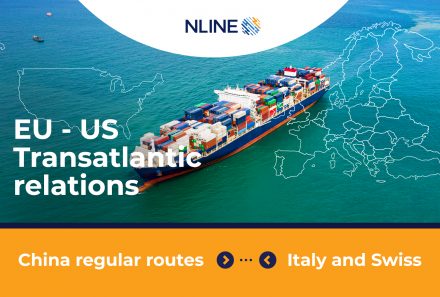
Using technology to reduce freight rate and capacity risks
In today’s liner shipping market, many pain points could be addressed through a capability to flexibly buy or sell ocean freight services in advance, using a neutral, global platform. Volume commitments and capacity guarantees would provide an early visualisation of demand to the market, thereby reducing the supply-demand mismatch and rate volatility, to the benefit of all market participants:
For shipping lines, forward selling of vessel slots, underpinned by volume commitments, would put them in a stronger position to forecast their revenues and reduce their cost of capital. The early visualisation of demand could also be linked to collaborative, dynamic capacity management and increase vessel load factors. The reduced freight rate volatility would assist in stabilising vessel P&L’s and improve invoice accuracy. The ability to ‘sell forward’ will provide an effective hedge against freight rate decreases.
For shippers and forwarders, the reduction in freight rate volatility and the ability to ‘buy forward’ would protect their product margins and provide an effective hedge against freight rate increases. Together with space guarantees, enforced through a deposit scheme and vendor reliability scores, this would result in more stable and elevated service levels of their ocean providers that enable reduction of safety stock levels. Forward buying ocean freight provides
procurement teams with an additional ocean freight procurement tool with flexible timings, thereby improving the agility of their logistics management teams.
For IT providers, a platform which provides these forward negotiation capabilities would be the ideal starting point to also provide the ensuing requirements involving electronic booking, documentation, freight settlement and cargo visibility. These items combined would provide a unique position in today’s marketplace offering unparalleled scope and exciting opportunities to optimise their customer’s ocean freight experiences by eliminating other pain points like:

Ambiguous freight agreements and extensive contract management efforts

Uncertain booking and cargo statuses

Unreliable contracts

Low documentation and invoice quality






